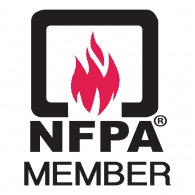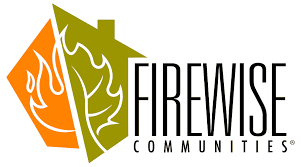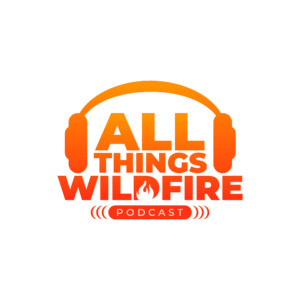Most fires are actually started by wildfire embers casting miles away onto the property and landing onto vegetation or openings of the home like air vents. Once the embers get into the vents, there is a high chance it will catch small contaminants on fire such as dust balls etc. This causes a chain reaction of materials to combust, igniting the home from the inside out.
Small changes to your home can reduce wildfire risk by up to 40%, and structural and vegetation improvements combined can lower wildfire risk by up to 75%. Furthermore, losses prevented can be much bigger (e.g. 5 times greater) when compared to a highly flammable environment.
Our team of experts can conduct a risk assessment to ensure your property is held at the highest standard from CALFire and the NFPA.
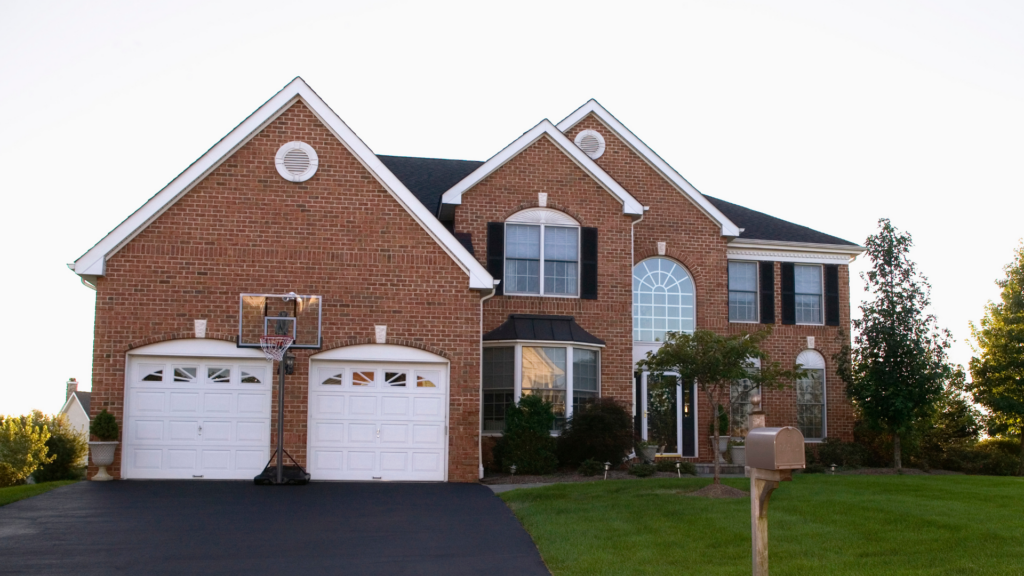
Vulnerable to embers
casting into vents
(replace with ember-resistant vents)
See picture above for fire hazard and what can be done to prevent the fire from burning the home.
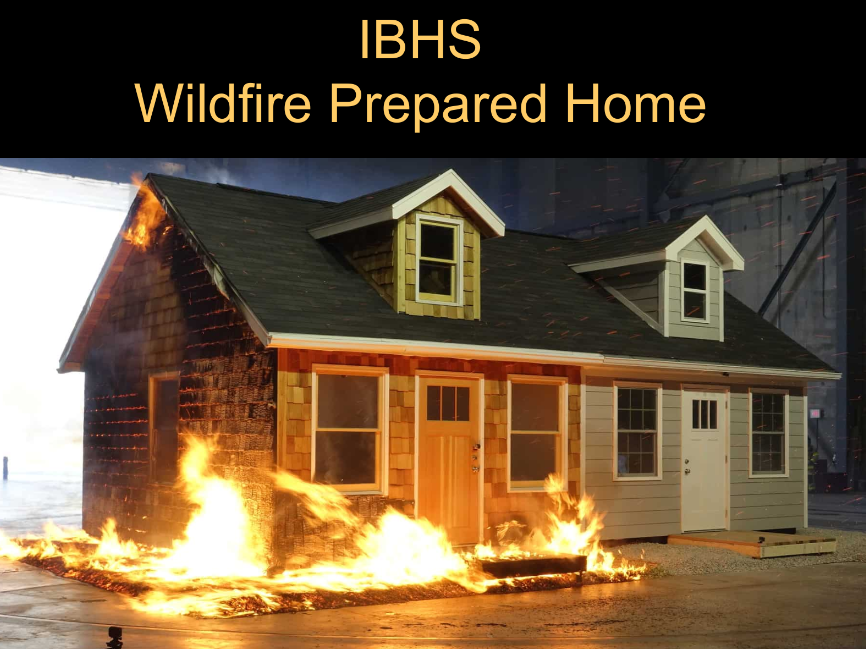
Town had been told in 2005 that they were in danger of the exact kind of fire that took place but they had trusted that in 50 years, no fire had crossed the river on the east. They failed to recognize that homes damaged in wildfires are damaged by embers and the fire doesn’t need to cross the river when it can blow over it.
They had early warning systems and thought they were prepared but when fire came, they were literally trapped with all roads blocked.
86 dead, 14,000 homes DESTROYED.
While the Paradise Fire was an extreme example, up to 90% of homes damaged in wildfires are damaged because they are susceptible to small embers.
In this small-sized wildfire in a very high-end neighborhood in Laguna Niguel, almost all of the fires burned from the top down because the homes had not been fitted with ember-resistant venting.
Over 20 homes were lost, many of which were multi-million dollar properties.
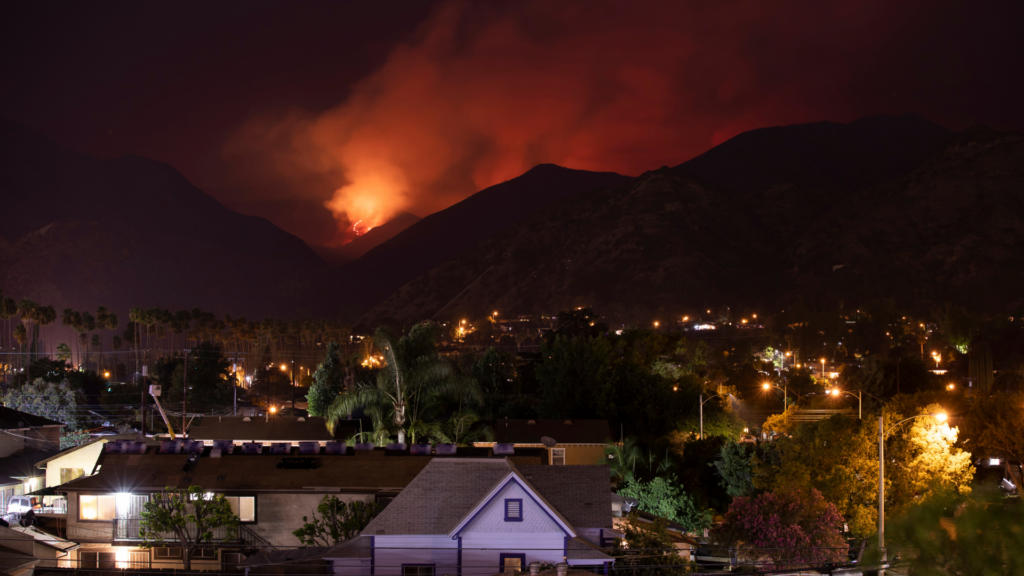
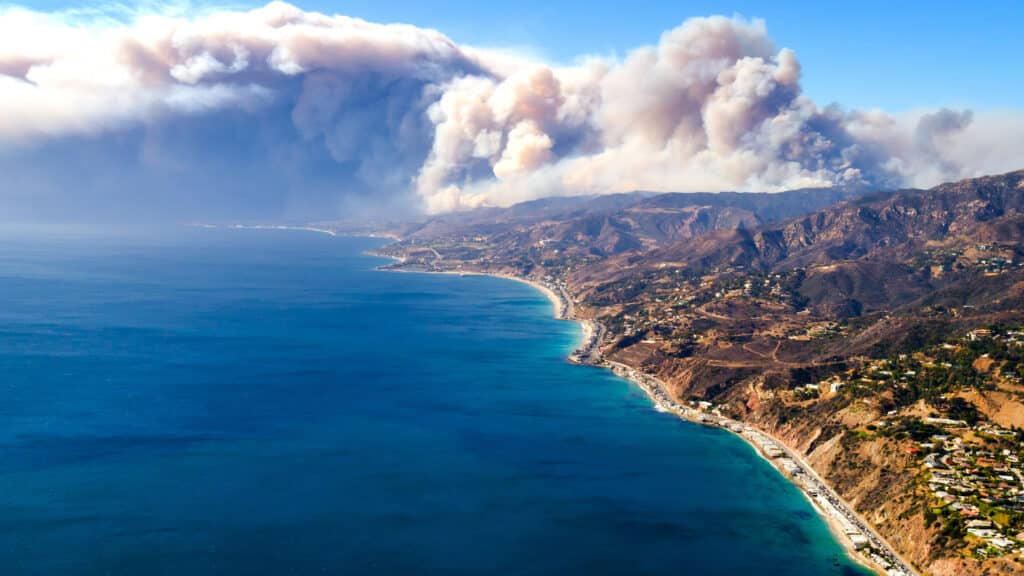
488 Homes burned down in Malibu all at once, causing massive delays in plans, permits and finding construction workers to work on these exclusive properties.
3 Years later, only 63 out of 488 homes have been rebuilt.
The other 425 homeowners are living out of hotels or temporary residences and can’t even replace their belongings with nowhere to put them.
1600 Structures burned totaling over $6 Billion in this very expensive disaster.
Up to 90% of homes are damaged by small pieces of burnt debris blown by heavy winds typical to a wildfire. Most people think of the burning fire as the threat that will come and destroy their homes. How can we fight a 50-foot-high wall of fire? YOU CAN’T.
After sending in your vent information and confirming the appointment, our team will conduct a final check of all the vents for quality assurance.
After final confirmation of vents, we begin the process of ordering custom vents, or just bringing the standard vents on a date that works best for installation.
After installing the vents, our team can perform a fire risk assessment around the property to further recommend any fire prevention services such as vegetation management and ground application of fire retardant.
Ember-resistant vents are designed specifically with honeycombs or snake like patterns inside of the vent to block the embers from entering the vent system. There is the same amount of air flow due to the unique technology behind the vent. These vents are tested, fire rated and easily customizable to fit any shape within your home to secure every opening.
Inspecting your home to ensure you have all of the following and make recommendations as needed:
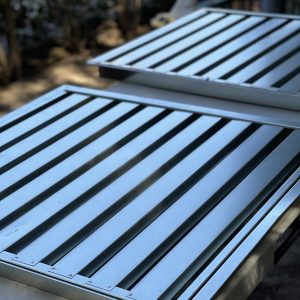
Retrofitting Ember Resistant Vents approved by your Insurance Carrier. Ember-resistant vents are one of the most essential defenses for your homes against a wildfire. Openings from vents will pull in the embers, igniting any combustible materials, thus burning the property from the inside out.
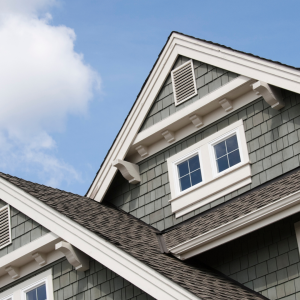
Similar to the vents, you will want to block out any openings from the eaves with Brushfire Mesh. Embers will get pulled into any openings and risk ignition if any flammable contaminants come into contact with the embers from the wildfires.
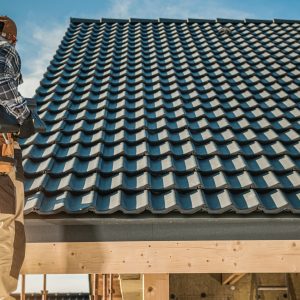
Most modern homes are built with Class A Fire Rated Roofs, but if your home does not have fire rated roofs, we can inspect and suggest recommendations.
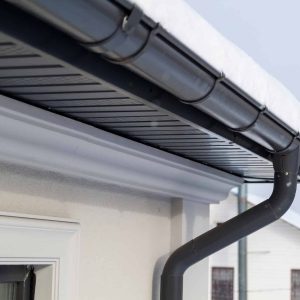
Gutter guards without coverings will have built up combustible and dry debris or vegetation that can ignite from the oncoming embers from nearby wildfires. This will ignite a part of the roof, causing more embers to quickly fly into any openings and igniting other parts of the house on fire.
